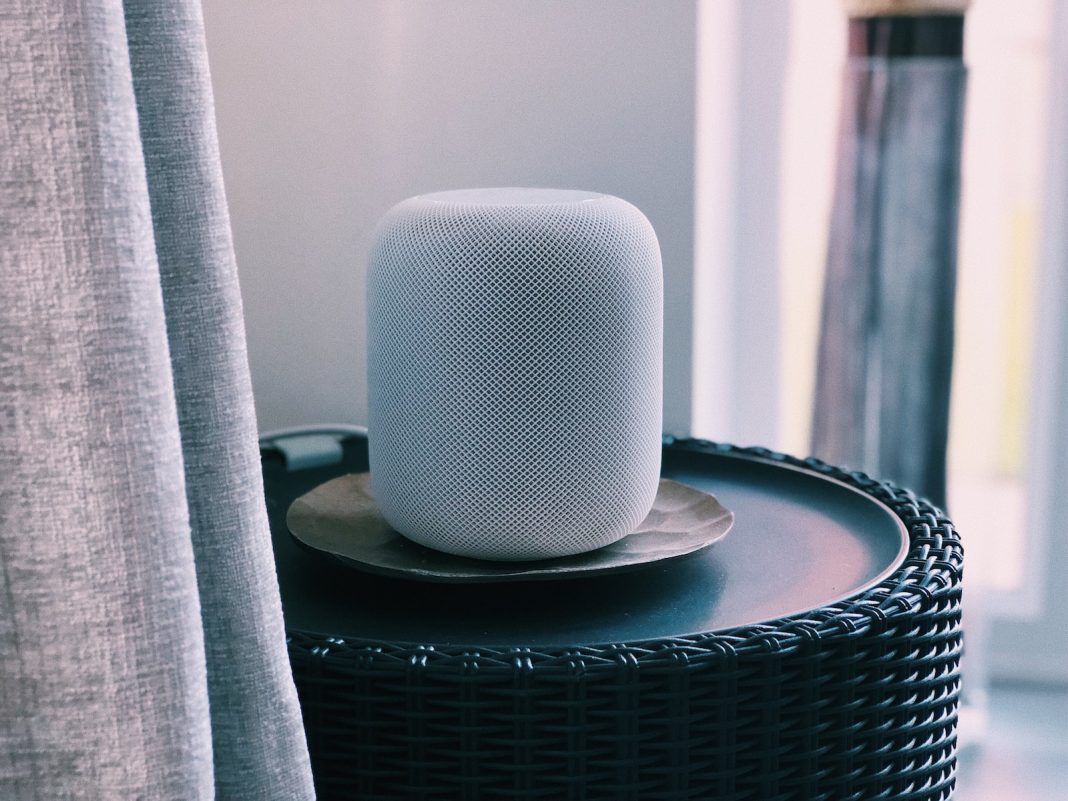Apple’s HomePod and HomePod mini now offer Sound Recognition, a feature that can recognize the sound of smoke and carbon monoxide detectors, and send alerts to Apple devices. The alerts can be received via iPhone, iPad, or Apple Watch, providing peace of mind for users who are away from home. The feature is available via the Home app and is compatible with HomeKit setups that include a camera, which allows users to view a video of their home when the alarm is triggered. The Sound Recognition feature works locally on the HomePod, with no involvement of Apple’s cloud servers, and is end-to-end encrypted.
This feature, which was announced in January, adds an extra layer of security for those who do not have smart smoke detectors. Sound Recognition is intended to detect the sound of a smoke or carbon monoxide alarm and alert users to the potential danger. However, Apple has noted that Sound Recognition should not be relied on in emergency or high-risk situations where users could be harmed or injured.
Apple’s Sound Recognition feature is similar to Alexa Guard, which Amazon introduced for its Echo devices in 2019. Amazon’s feature also alerts users to the sound of breaking glass, which could be a potential addition for Apple in the future.
Although neither the HomePod nor HomePod mini has a smoke detector, both devices have a built-in temperature sensor, which can detect a rise in temperature if a fire occurs. However, for the Sound Recognition feature to work, users must have a smoke alarm installed and all their Apple devices must be updated to the latest software.
In conclusion, Apple’s Sound Recognition feature for HomePod and HomePod mini adds an extra level of security for those who do not have smart smoke detectors. The feature is locally processed on the HomePod with end-to-end encryption, making it secure and reliable. While Sound Recognition should not be relied on in emergency or high-risk situations, it offers peace of mind for users who are away from home and need to be alerted to potential danger.


